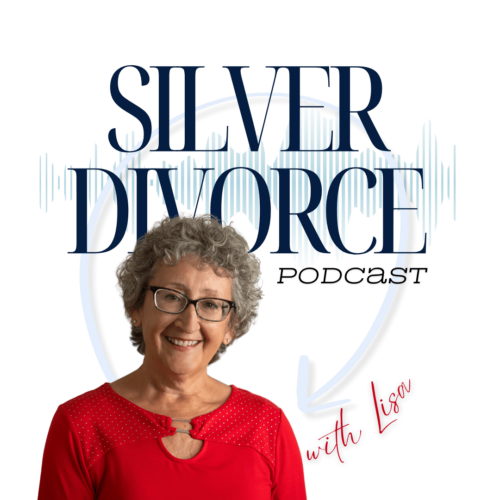In the realm of B2B sales, complex sales cycles are a common challenge that can test the patience and skill of even the most experienced sales professionals. These cycles typically involve multiple decision-makers, higher financial stakes, and a longer decision-making process, which can span months or even years. To navigate these waters successfully, sales teams need to deploy a set of sophisticated strategies tailored to manage and expedite these lengthy processes. Here’s a comprehensive guide on how to approach and conquer the complexities of B2B sales cycles.
The cornerstone of effectively managing a complex sales cycle is a deep understanding of your buyer. This goes beyond knowing their business and industry—it involves grasping their business pain points, the decision-making hierarchy within their organization, and their buying processes. Conduct thorough research, use LinkedIn to map out the company’s decision-makers, and employ tools like CRM software to track interactions and preferences. Understanding the buyer allows you to tailor your approach and communications to address their specific needs and challenges.
Since complex sales often involve several stakeholders with varying concerns and levels of influence, it’s crucial to build Relationships across the organization. This means engaging with not just the primary decision-maker but also influencers and end users. Cultivate these relationships by providing value through relevant content, solutions, and regular interactions. Building a broad base of support within the client’s organization can help accelerate the sales process and create internal advocates.
Complex sales are typically solution-based, and the decision to purchase is heavily reliant on the perceived value and trust in the seller. Focus on educating your prospects about the benefits and ROI of your product or service rather than just selling to them. Use case studies, whitepapers, and seminars to demonstrate thought leadership and the effectiveness of your solutions. By becoming a trusted advisor, you increase your influence and help the buyer navigate their internal processes.
A well-structured sales plan is essential for managing long sales cycles. This plan should include defined goals, key milestones, a timeline, and tailored strategies for different stages of the buyer journey. Use the information gathered about the buyer to predict potential challenges and prepare solutions in advance. Regularly review and adjust the plan based on feedback and changes in the buyer’s circumstances to stay relevant and responsive.
In complex sales cycles, efficiency and organization are key. Leverage Technology to streamline the sales process and maintain communication with your prospects. CRM systems can help manage customer interactions, track the sales pipeline, and provide valuable insights through data analysis. Additionally, automation tools can ensure timely follow-ups and maintain engagement without manual input for every task.
Patience is a virtue in complex sales cycles. Rushing the process can risk alienating potential clients, but at the same time, too much passivity can stall the cycle. Balance your approach by being persistent without being pushy. Regular follow-ups and check-ins keep the conversation going and demonstrate your commitment to meeting the client’s needs. It’s about maintaining momentum throughout the cycle and adjusting your pace according to the buyer’s responsiveness.
Barriers are inevitable in complex sales, but they should not be seen as roadblocks. Instead, view them as opportunities to further understand and solve the buyer’s problems. Prepare for common barriers by having clear, data-backed responses and alternatives. Engage in active listening, validate the buyer’s concerns, and work collaboratively to address them. This not only helps in overcoming barriers but also strengthens the relationship.
Gaining commitment for a complex sale often requires tailored strategies rather than a one-size-fits-all approach. Depending on the buyer’s specific concerns and preferences, you might need to adjust your closing techniques. This could involve offering customized packages, trials, or phased implementations. When you reach the closing stage, summarize the value and ROI your solution offers, and reaffirm how it addresses the specific challenges discussed throughout the sales process.
Navigating complex sales cycles in B2B environments demands a strategic, informed, and patient approach. By understanding your buyer, building multi-level relationships, leveraging technology, and effectively handling barriers, you can streamline the sales process and achieve better outcomes. Remember, each interaction is a stepping stone towards gaining commitment for the deal, and every challenge is an opportunity to demonstrate your dedication and value.
The post Navigating Complex Sales Cycles: Strategies for Success appeared first on Braintrust Growth.
I come from a large Italian family. I’m number seven in the line of ten kids!
When my dad passed away some years ago, I was fortunate enough to be there as the end was coming. I was standing just to the right of his hospital bed; he was lying there with his eyes closed. All of a sudden, Dad opens his eyes. He looks up at the ceiling with a look of peace – and maybe accomplishment – on his face. Then he closes his eyes for the last time. I guess out of instinct, I reached down and kissed him on that prickly cheek one last time. My dad left a legacy in that life well lived! A legacy based on three main principles: Family, Service, and Dedication. I do what I do to carry on that legacy to the best of my ability.
















































BabyBoomer.org is an online membership community created by and for the Baby Boomer Generation. Boomers, and those who service and support them, are welcome to join our community accessing all general topics.
Notifications
